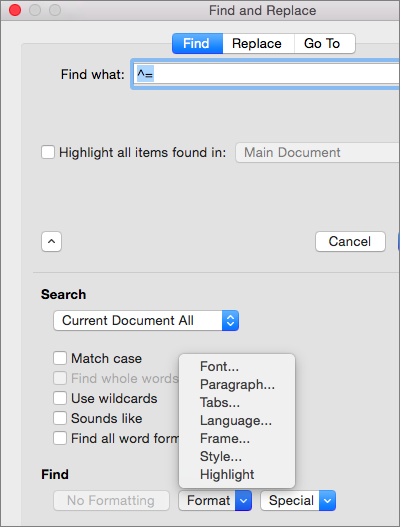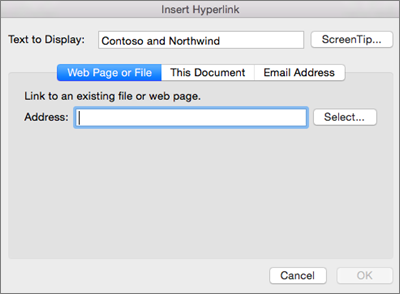
In any document, you select the text to process, then Menu > Application Name > Services > Frequency. It is by descending count, and alphabetically, within the repetitive counts as shown in the image here. It does not present a page number reference. Repeat this process for any other attributes you want to change.Here is a word frequency concordance Automator Service that works in both versions of Pages.Click OK after you've modified the attribute.To see more options, click the Format menu and select the attribute you want to change - such as Font, Paragraph, or Numbering.In the Modify Style window, select the formatting changes you want.Pull down the arrow and click Modify Style. In the Styles Toolbox, point to the style you want to modify.It’s possible to make extensive changes in the appearance of a style, but the basic steps are as follows: If you want to make any changes in this formatting, it’s best to use the Modify Styles feature. Styles in the template meet all formatting requirements of the Graduate School. In the Styles Toolbox at the right, click the style you want to apply.įor example, to change a subheading from “Heading 2” to “Heading 3”, click “Heading 2” in the left Style Area to select the subheading, then click “Heading 3” in the Styles Toolbox at the right.This selects all the text that is using that style. In the Style Area at the left, click the style on the text you want to change.The chart below shows the style applied to each section of the ETDR.Īs you work with your document, you may need to change the style assigned to a particular portion of text. The Styles Toolbox displays a list of all available styles and is useful if you want to apply a different style to some text or to modify the appearance of a style.

Normal and Body Text have the same formatting, so it's ok to use either style. In earlier versions of the template, this style was named Normal.

Heading 2 is applied to the “Introduction” subhead.Heading 1 is applied to the “Chapter 2 - Review of Literature” title.The Style Area (at the left) indicates the style applied to a specific portion of text. Once you have Word configured in this way, your Draft view should look like this: In the Cut and paste options section, checkmark Show Paste Options buttons.

Paste Options Displays the Paste Options menu after you paste a selection.Ģ. In the Show section, set Field shading to Always. Places a gray background in fields auto-generated by Word, including Table of Contents, List of Tables, etc.Ģ. Print Layout View Displays page numbers (not visible in Draft view) Styles Toolbox Displays at right side of screen and shows a list of available Styles. In the Window section, set Style area width to 1”. The Style Area is visible only in Draft View.ĭisplays at the left side of the screen and shows Styles applied to each portion of your document.Ģ.
#SEARCH FOR PARTUCLAIR WORD ON MAC FOR MAC#
Basic Configuration for Word for Mac 2011
#SEARCH FOR PARTUCLAIR WORD ON MAC HOW TO#
The table below shows how to configure these settings. Use Page Layout to check your page numbering.Styles displayed in the Styles Toolbox (at right side).To work with styles, it’s best to have Word configured with these settings: Details on how to modify styles are provided below. For example, to change all chapter headings from left-justified to centered, you only have to make one change to the style, rather than change each chapter heading. If you need to change the appearance of your document, it’s easy to make changes in the appearance of the style which will then be reflected throughout your document. Use another style for all first-level subdivisions within a chapter. For example, use the same style for all chapter headings. This can be done by using the same style for similar elements in your document. With a long document like an ETDR, it’s essential to use styles to create a structured document. (In earlier versions of the template, this style was named “Normal“.) The style “Heading 1” is applied chapter headings in the template. For example, the style named “Body Text” is applied to paragraphs in the template. These characteristics can include any elements that define the appearance of text in your document – font, font size, font color, bold, underline, line spacing, indentation, centering, numbering, etc.Ī specific set of characteristics can be saved and given a name.

The template uses a feature in Word called “styles.” A “style” is a set of formatting characteristics that is applied to a portion of text.


 0 kommentar(er)
0 kommentar(er)
